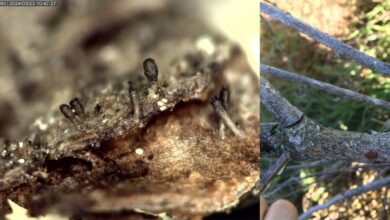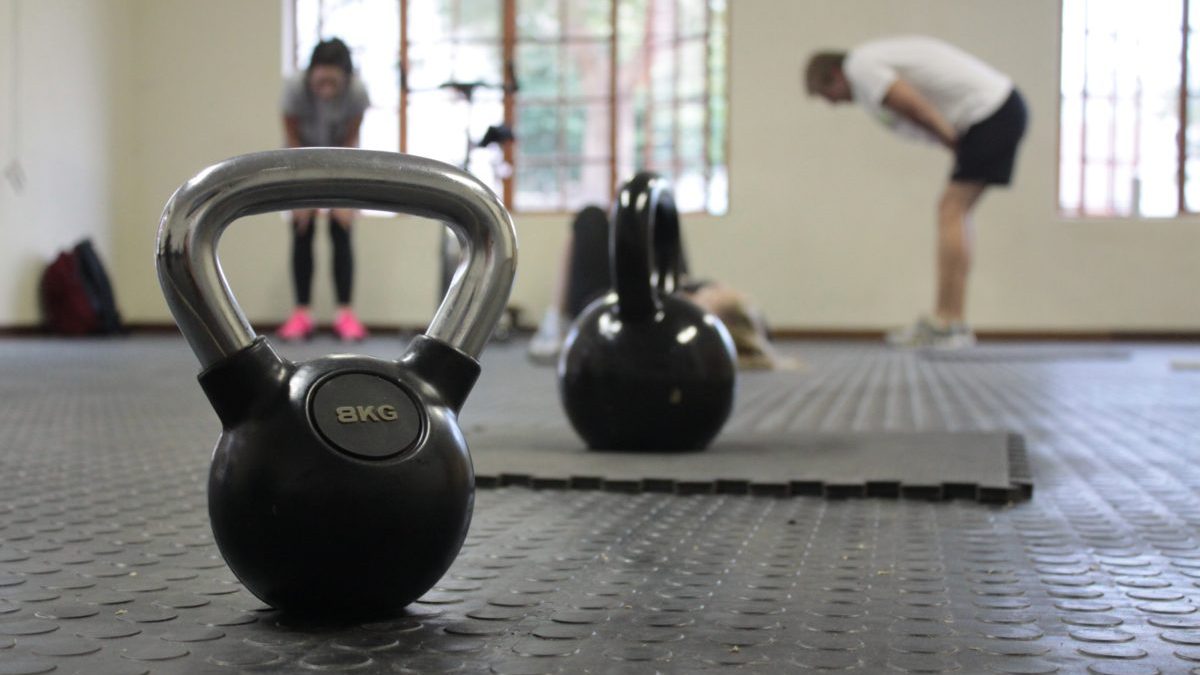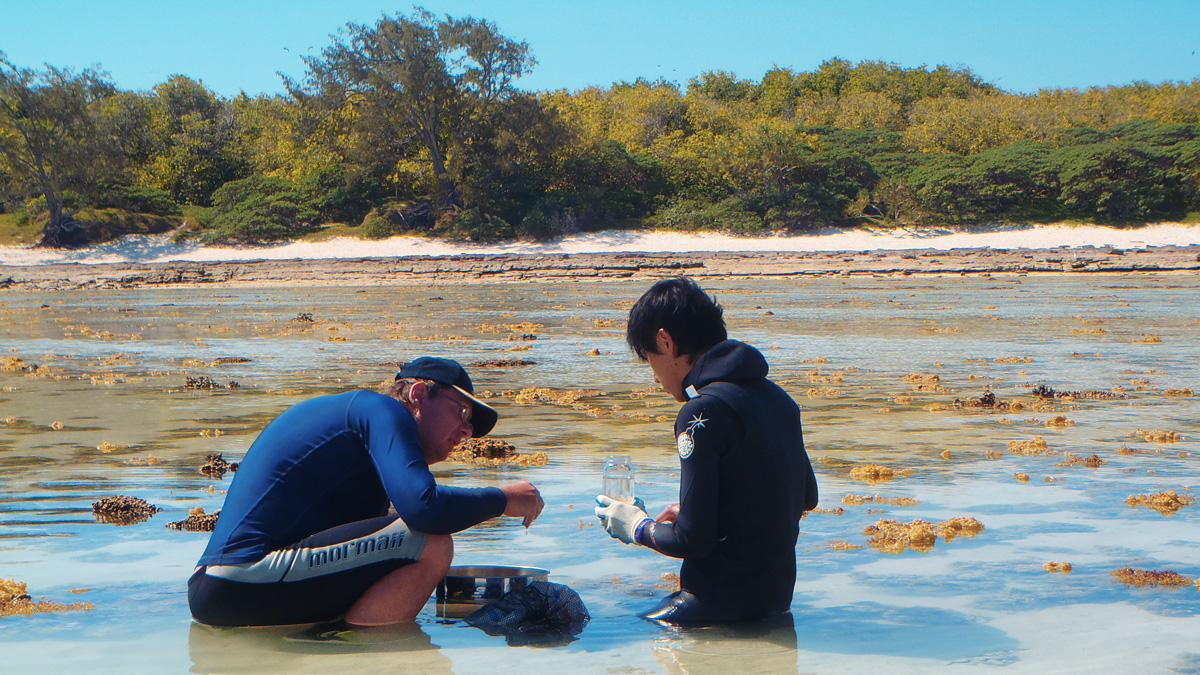 Rich Palmer
Rich PalmerA new study from the University of Alberta is uncovering more about how snapping shrimp stun their prey with their squirt-gun-like claws.
U of A biology professor Richard Palmer has answered the question that left scientist puzzled for years: how snapping shrimp make their snapping sound. He also dives into the small steps in evolution that have gotten the species there.
“The very earliest squirt gun claws were really pretty crappy, they would be like a Walmart squirt gun,” he said. “But then in the intermediate stages they get better and better at squirting so they shoot it further and faster. The snapping was sort of an accident of squirting.”
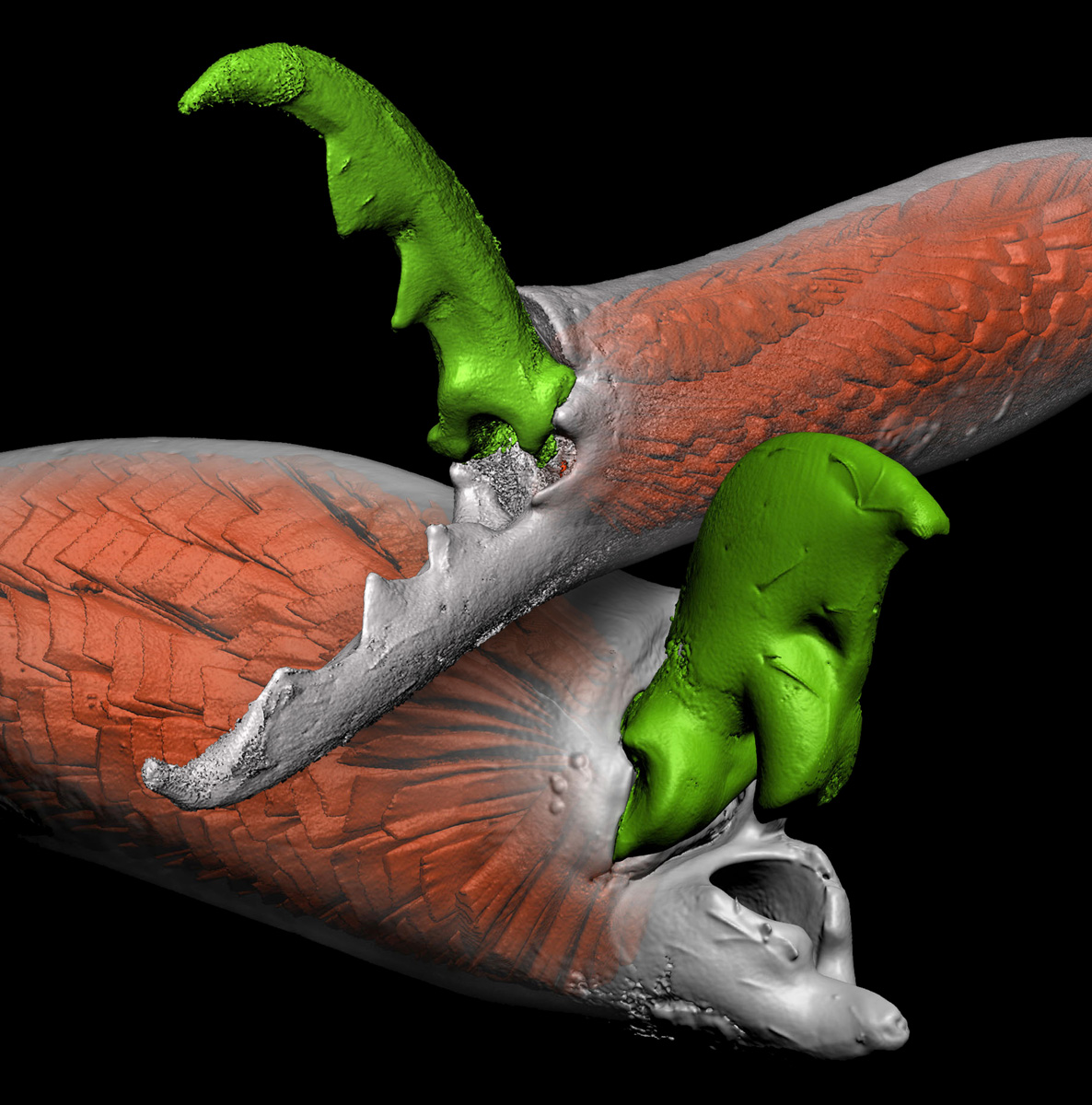
How the snapping sound is made has been a mystery for biologists. The snapping is used to stun prey, burrow, and communicate with other shrimp. Knowing all the advantages of snapping, Palmer wanted to find out how they snap.
The shrimp’s snapping sound is driven by water physics, explained Palmer. Water rests in a small crevice of the lower claw and is pushed out quickly by the plunger of the upper claw. The claw closes so fast and with so much force that it creates a small bubble-like vacuum that closes in on itself and makes a snapping sound.
Palmer’s team discovered that the shrimp’s claw had started out as a simple pivot joint and advanced to a sliding joint with the ability to store large amounts of energy for snapping. These gradual steps in evolution of the shrimp’s claw lead to the question of why the shrimp started doing this in the first place.
“The whole thing was really satisfying, an intellectual puzzle to try and figure out all the steps in going from simple pinching claws of the earlier shrimp through these super specialized snapping claws,” he said.”This is a puzzle that many biologist or at least invertebrate zoologist know about, they all wonder: where did such a bizarre amazing adaptation come from?”
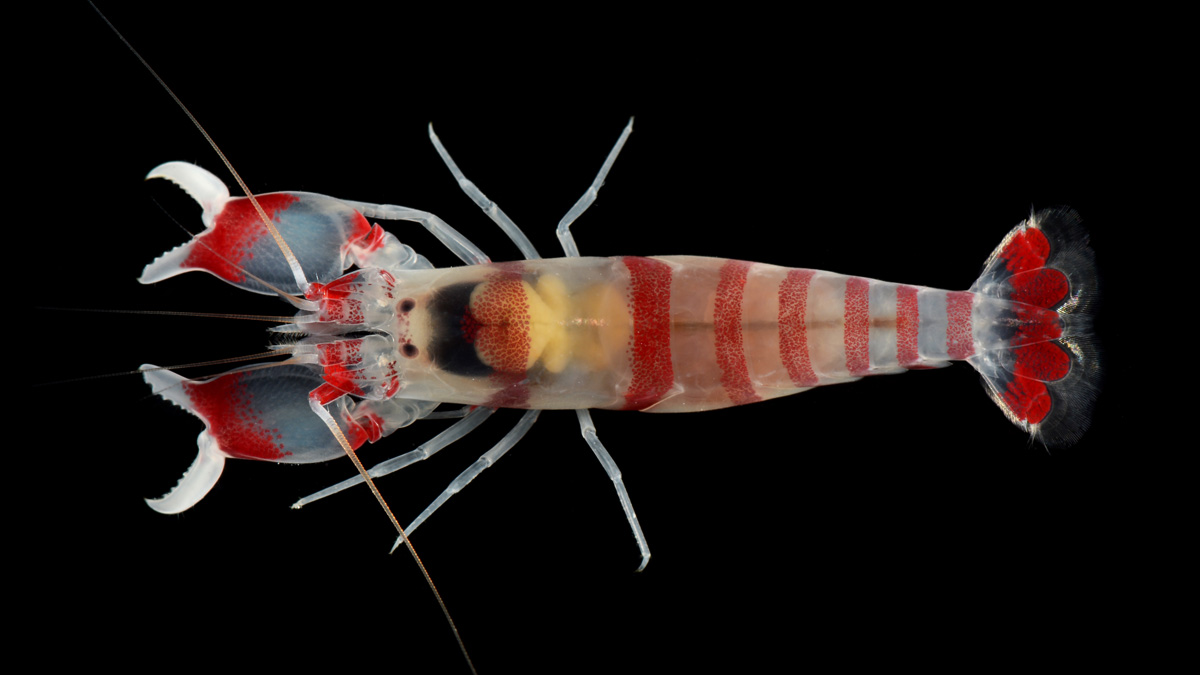
The next step for Palmer and his team is to look into the function of the weak snapping movement, which Palmer calls “low-quality squirt guns”, from the early evolution of the shrimp. Palmer knows why the current squirt guns are so advantageous, but not why they started to evolve in the first place.
People have heard the snapping shrimp for decades but they’ve never known how that sound is made. The research done by Palmer and his colleagues identified this and the different evolutionary changes that weren’t known before about these snapping shrimp claws.
“This paper is a really nice illustration good quantitative natural history, where you are mostly spending your time looking and thinking about in this case how claws works and how they evolve,” he said. “Small changes in form lead to big changes in function.”

